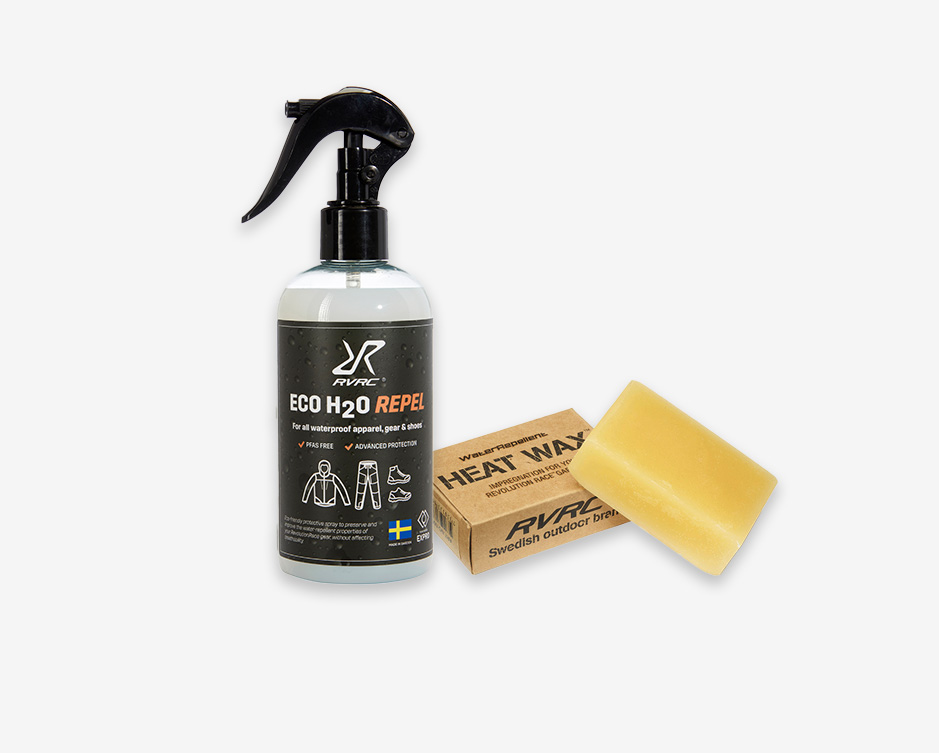
You’ve probably been there – heading back from the pump tracks or hiking trail sweaty and covered in mud. Now, how do you best get your clothes cleaned up and care for them so they can be used for years to come? It may sound like a no-brainer but always follow the instructions on the care label since that’ll help your garment retain its form and function longer. Plus, you’ll extend its lifespan, giving you more time to enjoy your fave gear. That’s a smart move, both for your wallet and the environment. Check out our guide below for more tips on on how to wash and care for your outdoor gear like a pro.
6 quick care tips for your RevolutionRace clothes
Wash less often
Don’t wash clothes made of functional materials too often since this causes them to wear out more quickly.
Wash with similar colours
Wash new clothes with similar colours to avoid discolouring other garments.
Zip it up
Close any zips, buttons or Velcro flaps before washing and use a mild, environmentally friendly detergent.

Fabric softener is a big no-no
Avoid using fabric softener and never use it on shell garments or any other clothes treated with Durable Water Repellent (DWR) since this blocks the pores of the fabric and reduces its ventilation properties.
Remember
Try to wipe off dirt and mud instead of washing the garments. Never iron functional materials since they are sensitive to heat.
Don’t tumble-dry if you don’t have to
All DWR-treated garments should be tumble-dried on low heat to reactivate the DWR. Other garments should should not be tumble-dried. This is to protect the environment and save energy.
Care tips for some of our most popular products and collections.
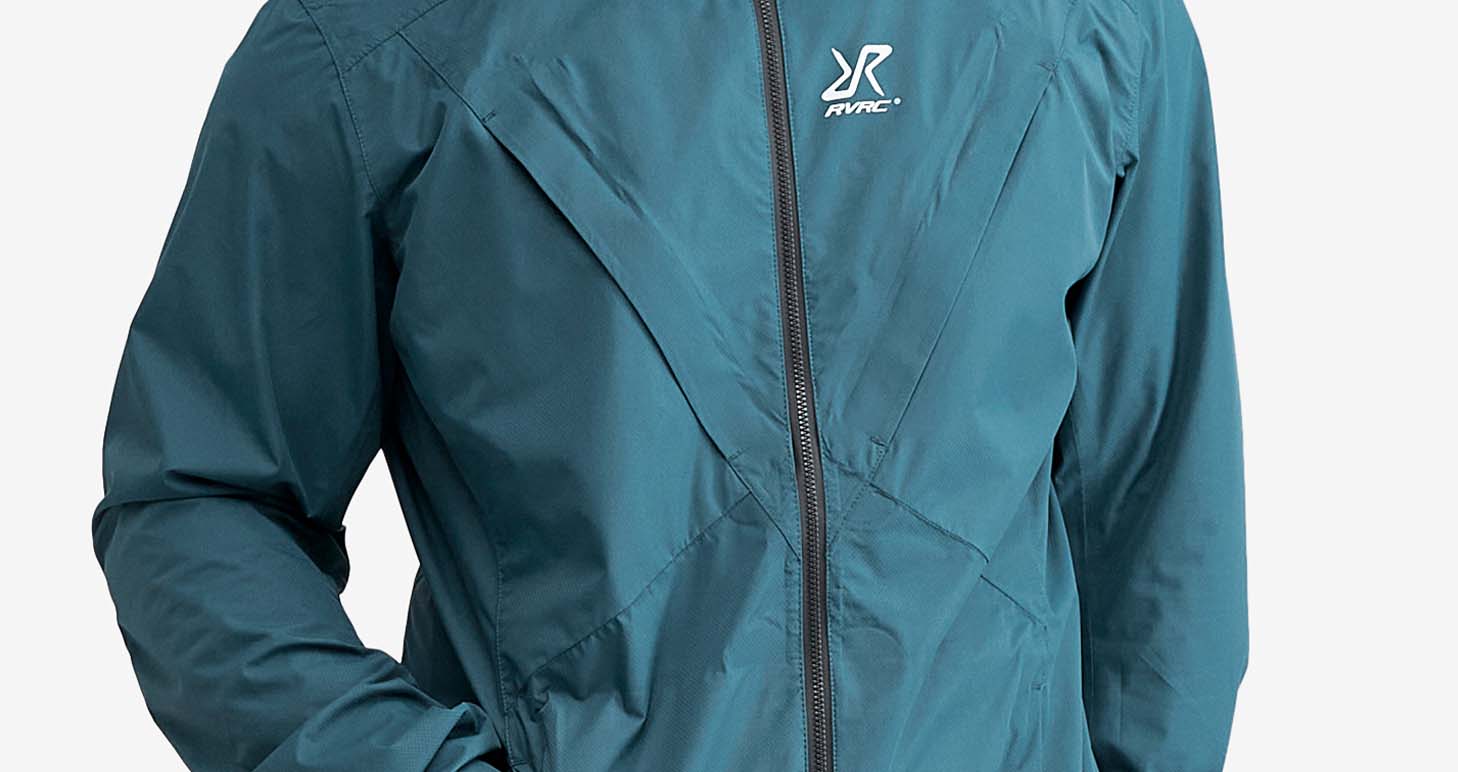
Waterproof outdoor apparel
Our waterproof trousers and jackets feature our premium Hypershell® Pro™ or Hypershell® Performance™ fabric, have taped seams and are made of functional materials. To extend the water-repelling ability and longevity of your waterproof garments, don’t wash them unless it’s really necessary.
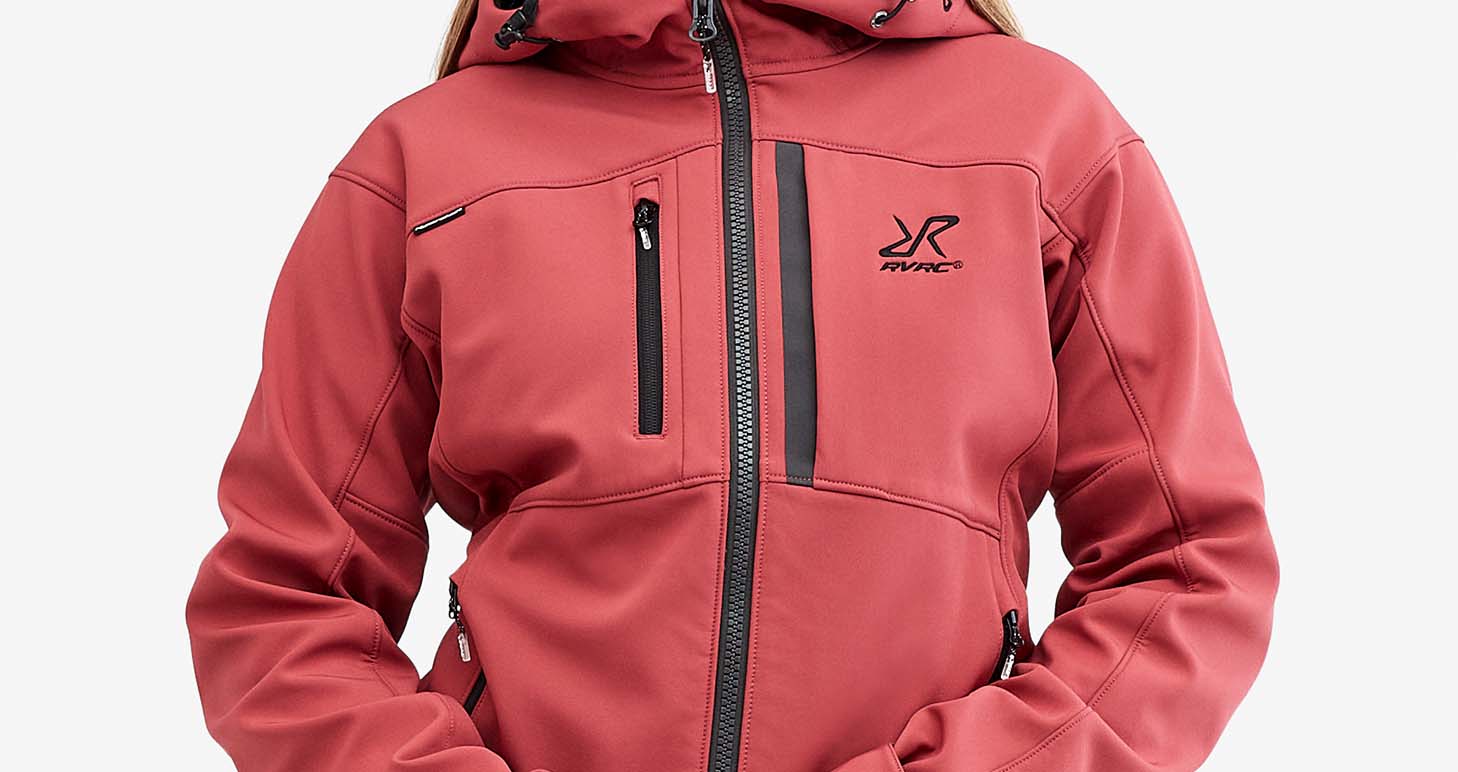
Softshell outdoor apparel
Our softshell outdoor garments feature a water-repellent Hypershell® Core fabric and are made of functional materials. The water-repelling properties of your softshell garments will wear off over time, so avoid washing them too often.
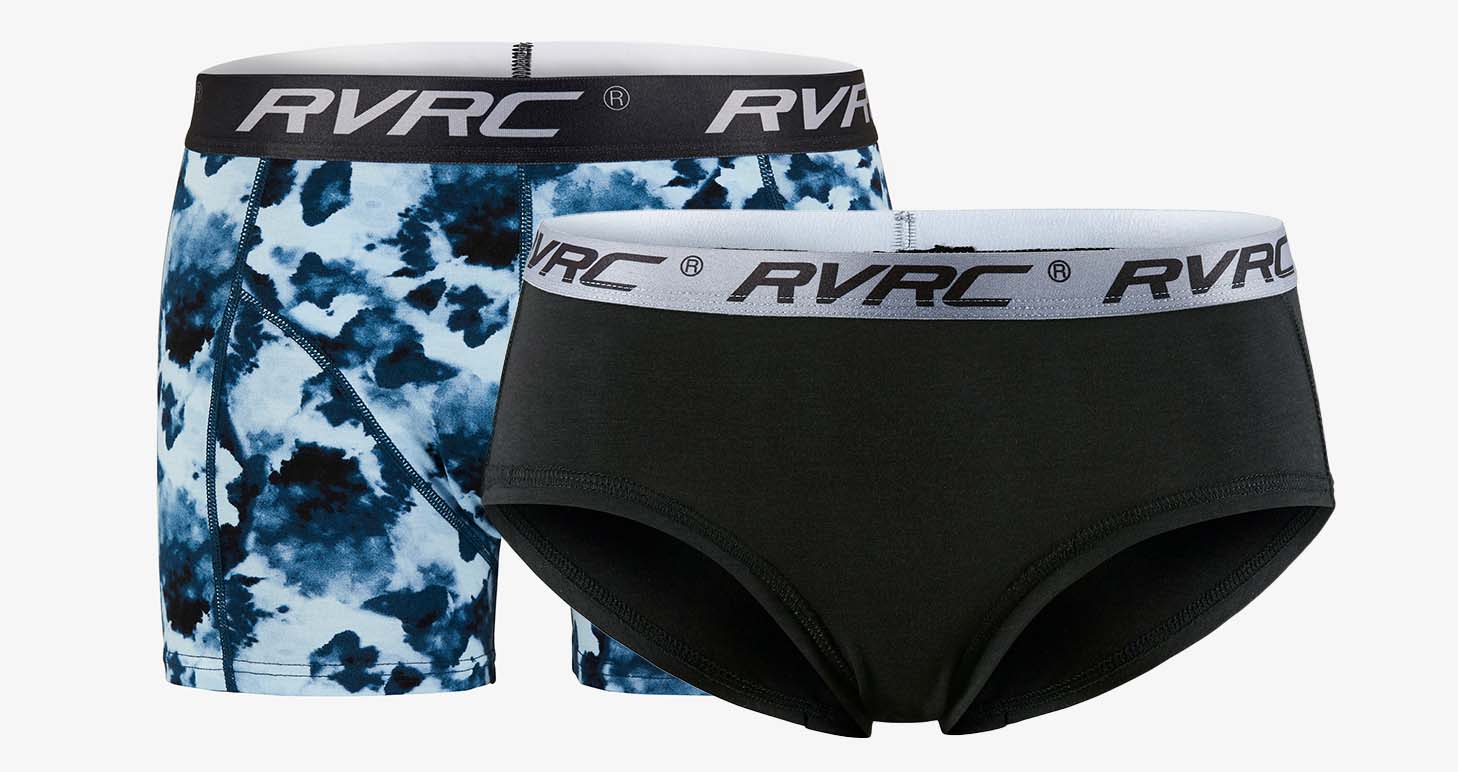
Bamboo underwear
Bamboo boxers and hipsters can be washed in hot water, but dark prints will retain their colour better when washed in warm water.
Don’t tumble-dry your bamboo garments since bamboo is prone to shrinking.
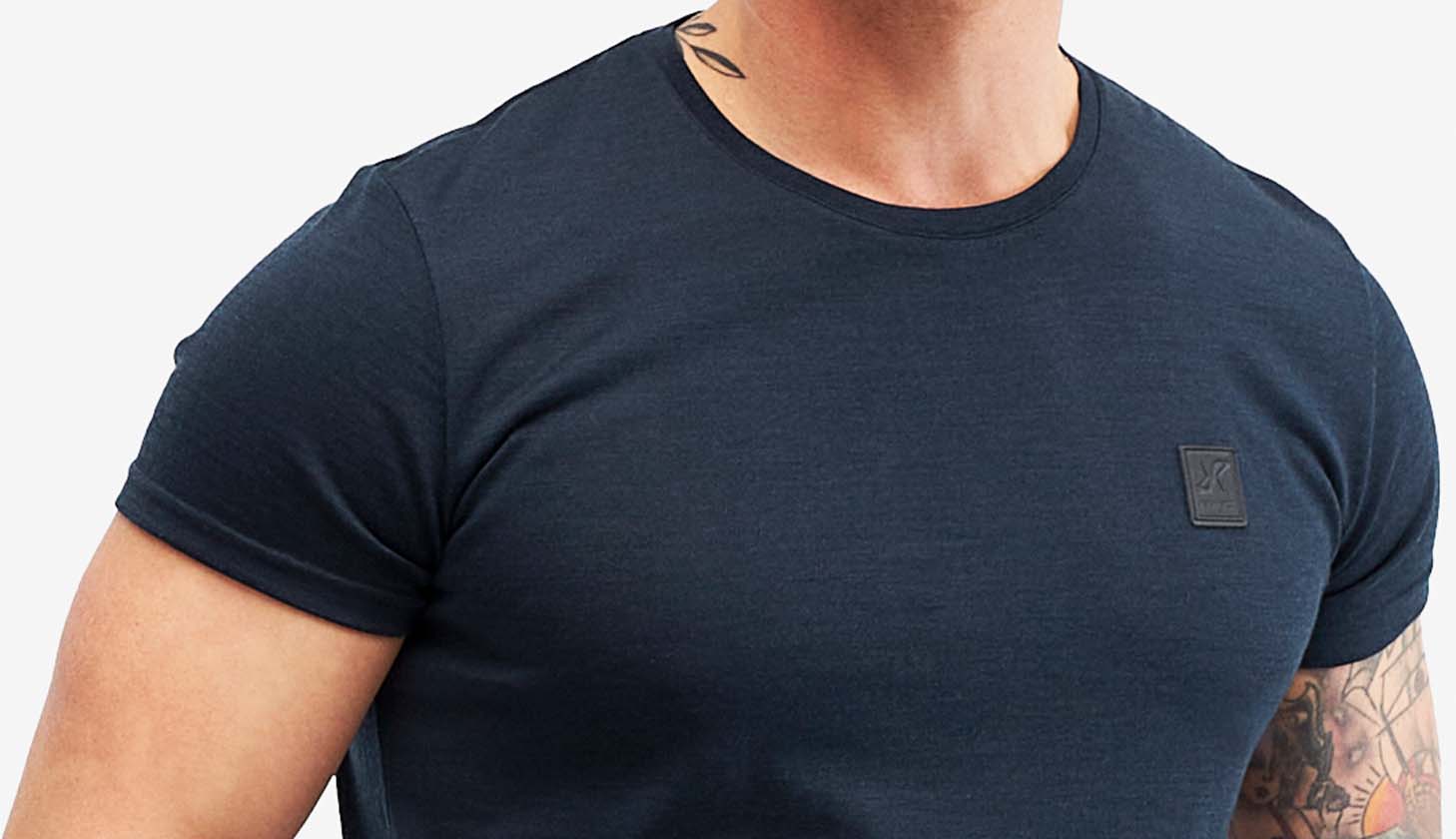
Base layers and T-shirts made of bamboo or wool blends
Since wool and bamboo are naturally anti-bacterial and odourless, they don’t need to be washed as frequently as other materials. Airing a woollen or bamboo garment outside for a while often does the trick.
Wool should be washed at 30°C, preferably on a wool or delicate wash cycle.
Don’t tumble-dry wool and bamboo garments since they are prone to shrinking.
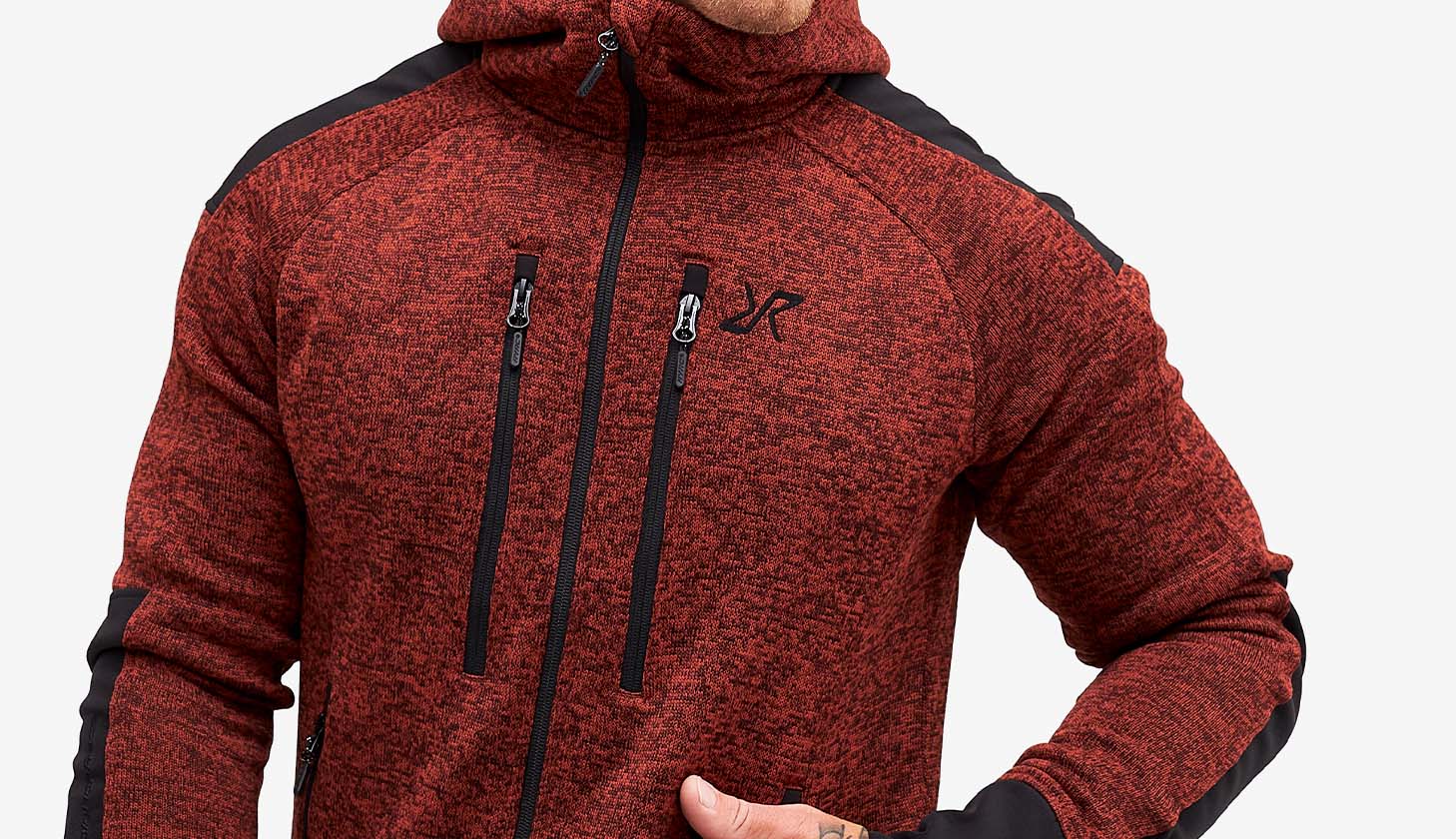
Fleeces, hoodies, sweatpants and other mid layers
Wash inside out to prevent the fabric from pilling.
Fleeces and other mid layers should be washed with similar colours in warm water.
Let your mid layers air dry – never tumble-dry or iron.
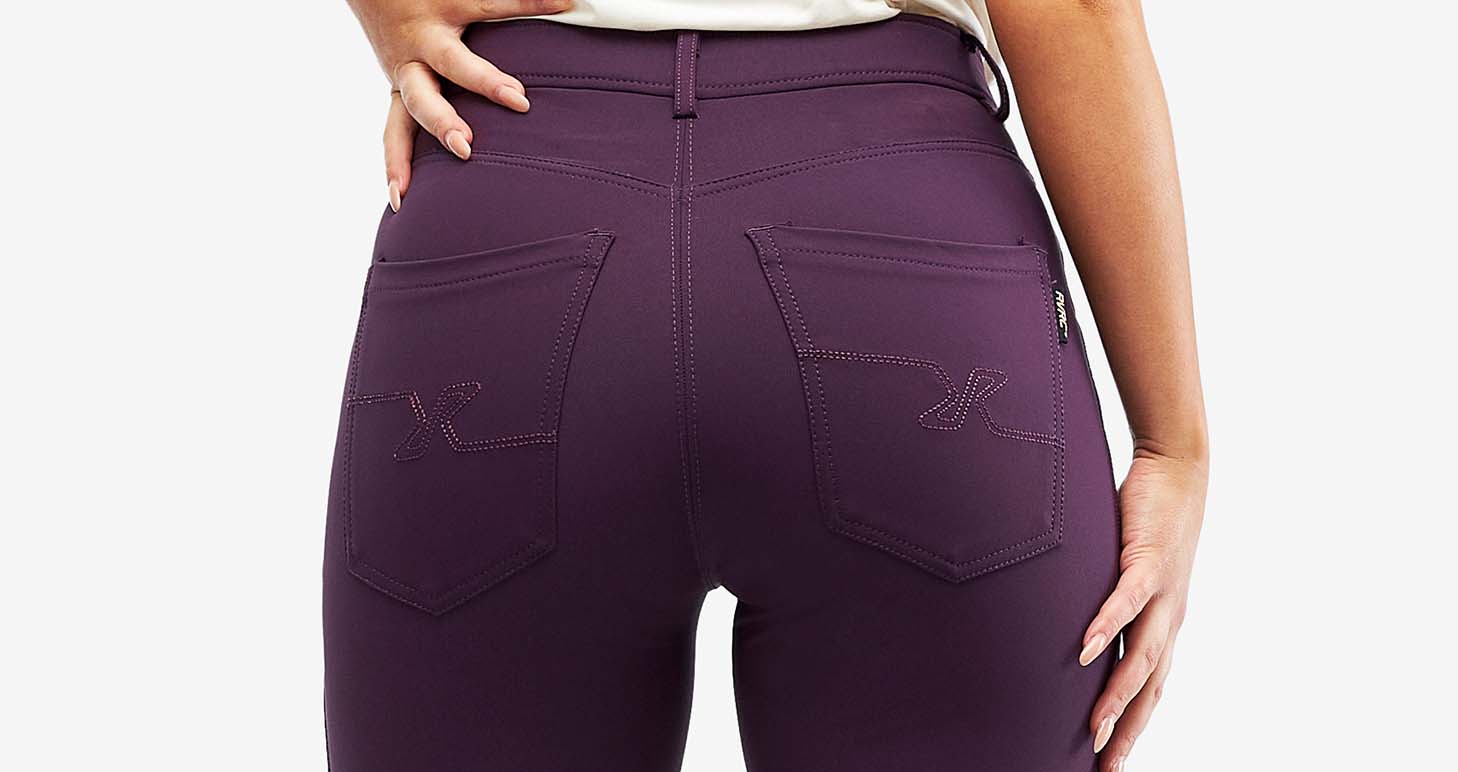
Functional outdoor jeans
Our outdoor jeans are made of functional, water-repellent Hypershell® Denim™ fabric. Its water-repellent properties will wear off over time, so avoid washing your jeans too often.
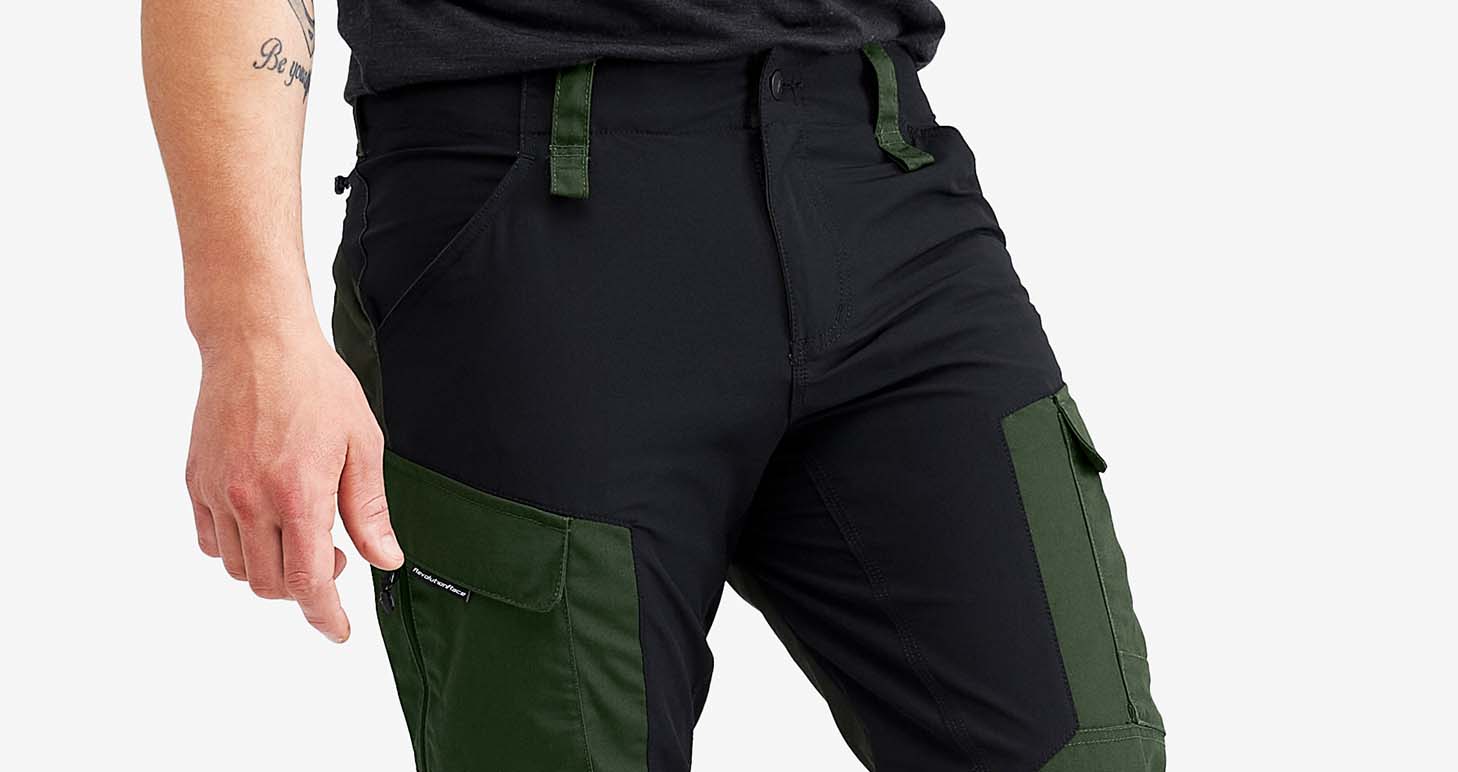
Outdoor apparel made with a cotton and polyester mix
The pants, jackets and shorts in our Nordwand and RVRC GP collections feature water-repellent Hypershell® Reinforced™ fabric and are made of a cotton and polyester mix combined with other functional materials. As with all clothes made of functional materials, less is more when it comes to washing.
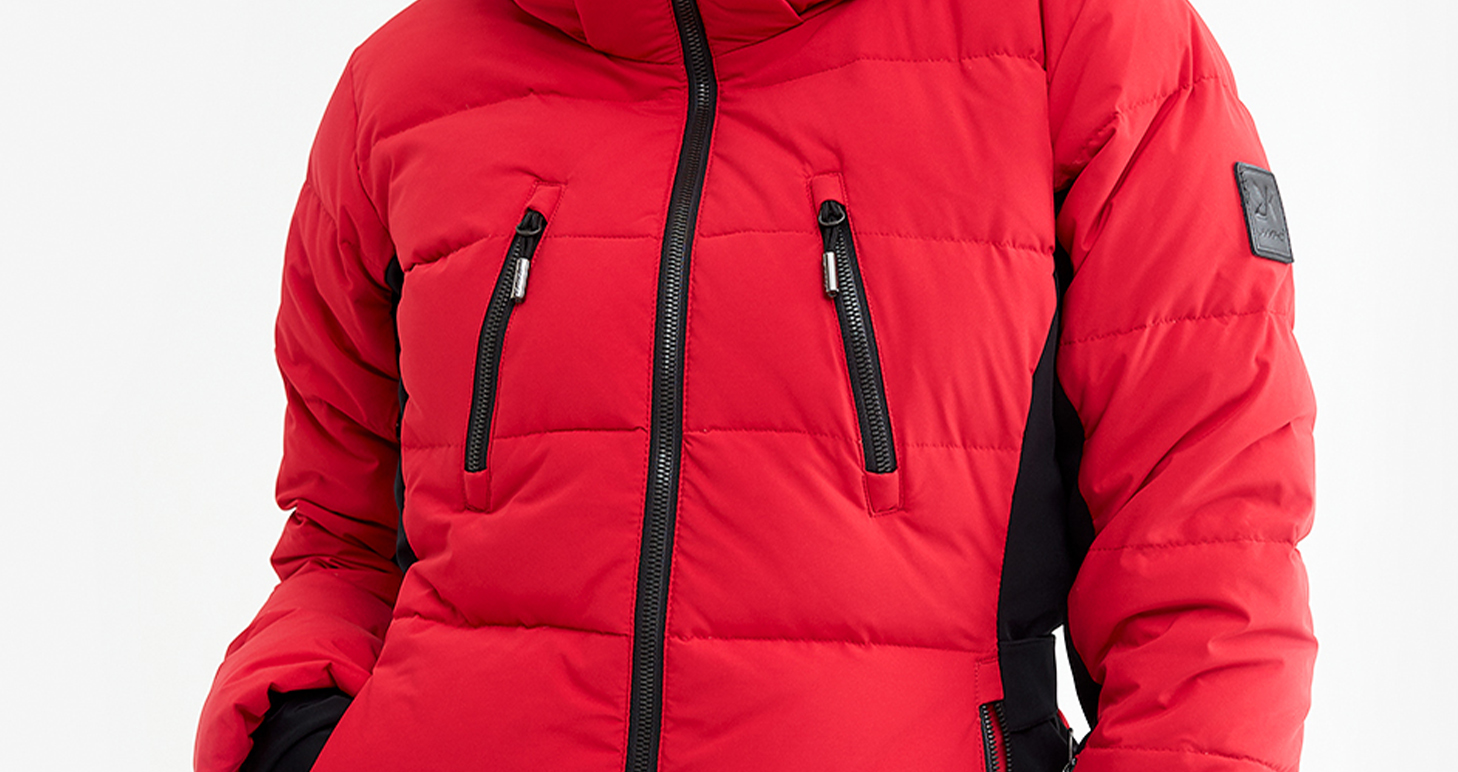
Outdoor apparel with down and synthetic filling
Natural and synthetic down are separated and evenly distributed within the garment. So only wash it if you absolutely have to. After washing it, tumble-dry on low heat together with with tennis balls. This ensures the filling is evenly distributed once again. Unable to tumble-dry? Then we recommend you shake the garment and gently hit it so that the two fillings separate again.
Follow these steps when cleaning your RevolutionRace shoes
1. Brush off your shoes with a dry brush. Brush the entire shoe, starting with the upper parts and working your way down.
2. Use warm water and mild detergent (washing-up liquid/washing detergent) together with a soft brush. Same thing here: start with the top of the shoe and work your way down.
3. Remove the shoelaces and wash them with the same same washing-up liquid/washing detergent.
4. Rinse the shoes with lukewarm water and finish by wiping them with a dry, soft cloth or towel.
5. Let the shoes air-dry.
Some extra help:
Depending on how much you use the shoes and how dirty they are, try to clean them often. That way, they will last longer.
If you do not have a shoe brush, a toothbrush, for example, works just as well.
Remove the insole and any TrimToFit sole before you start cleaning, then clean the insole in the same way as the upper parts of the shoe.
When cleaning your shoes, fill them with paper or use use shoe trees so that they retain their natural shape.







